Zamorins and the Political Culture of Medieval Kerala
The Zamorin-ruler of the kingdom of Koikkou in modern-day Kerala-left an indelible mark on world history when he welcomed Vasco da Gama in 1498. But a few centuries earlier, the Zamorin was only a local chief, heading a few villages. How did he become an independent ruler after the disintegration of the Ceras in the twelfth century? How did the Zamorin come to be recognised and legitimised as the ‘king’?
This story of the creation of an image of royalty is the focus of Zamorins and the Political Culture of Medieval Kerala. Relying on the archival richness of a large collection of unpublished palm leaf manuscripts called Granthavari, documents of the political and royal establishments of the time, this book reconstructs the days of the Zamorin. It carefully details the power and authority he claimed and actually wielded, and the various methods through which he sought to legitimise it-elaborate rituals, patronage of temples and scholarship, propagation of art and culture, etc.
While the great past was always remembered, the Zamorin’s ‘little kingdom’ depended on the existence, interaction and interdependence of various nodes of power-the royalty, royal functionaries, locality chiefs, local magnates and temple authorities. This book argues that studying these nodes of power, which related themselves to the Zamorin’s court and among themselves through elaborate customs and rituals, is vital to analysing the state structure in late medieval Kerala.
Complete with a foreword by Kesavan Veluthat, this book convincingly argues for the ‘little kingdom’ model to analyse the premodern state in Calicut. Scholars and students of historiography and history, especially of medieval Indian culture and society, will find it immensely useful.
Get it now and save 10%
BECOME A MEMBER

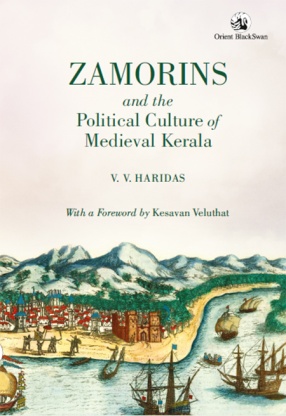
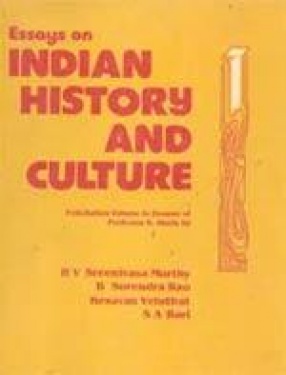
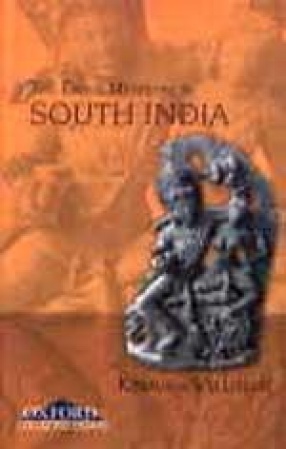
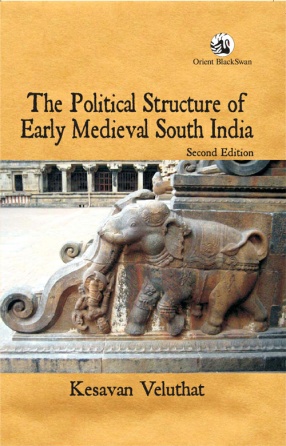
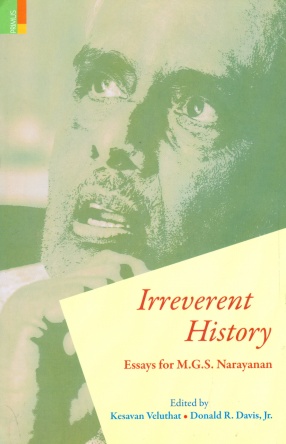
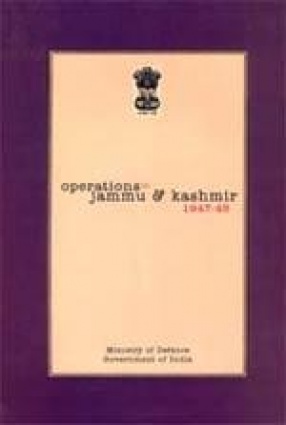


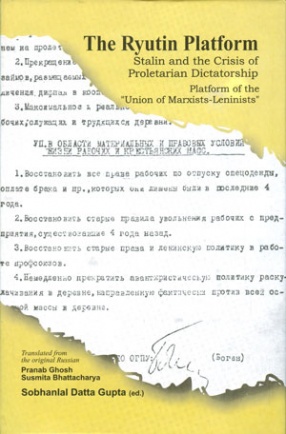

Bibliographic information
Kesavan Veluthat